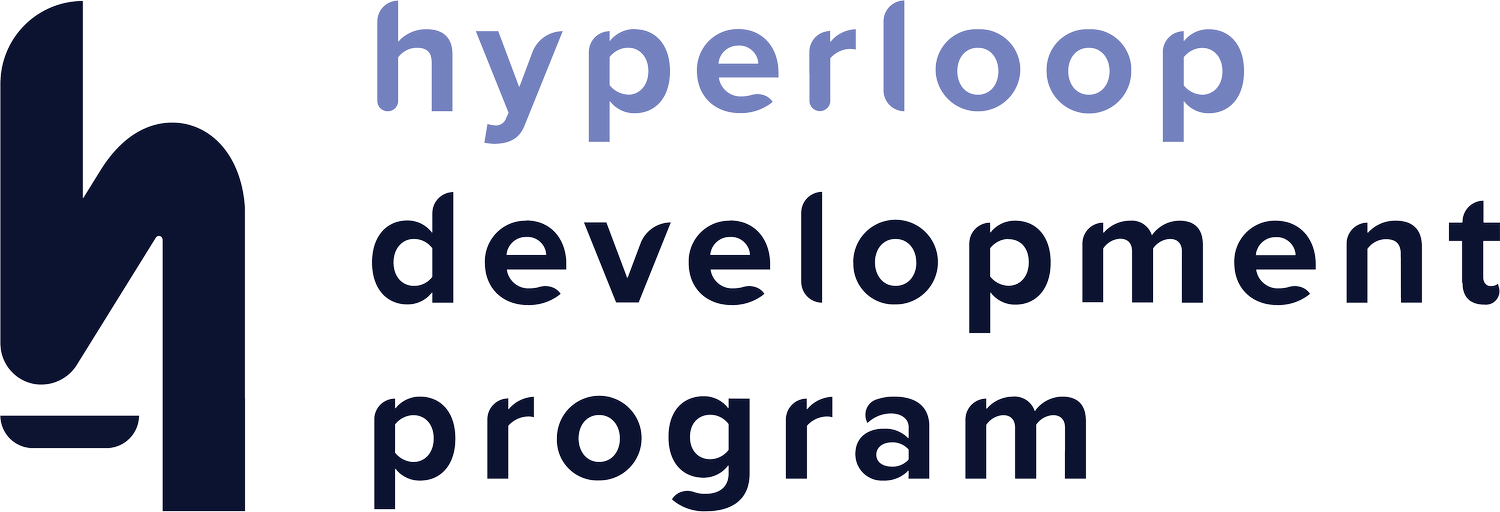Feasibility study: CO2 reduction and economic benefits from transporting goods by hyperloop
Downloads
- Cargo-Hyperloop-Holland Pre-Feasibility Press-Release Hardt ENGLISH.pdf
- Cargo-Hyperloop-Holland Pre-Feasibility Press-Release Hardt DUTCH.pdf
- Cargo-Hyperloop-Holland Full-Report.pdf
- Cargo-Hyperloop-Holland Executive-Summary
- Cargo-Hyperloop-Holland Visual-1.png
- Cargo-Hyperloop-Holland Visual-2-1 scaled.png
- Cargo-Hyperloop-Holland Visual-3 scaled.png
1,100 fewer trucks on the A4 motorway every day in 2030 due to the hyperloop route between Rotterdam and Amsterdam
The realisation of a hyperloop network for goods between the provinces of North and South Holland in the Netherlands will cause a one-million-tonne reduction in CO2 emissions and could lead to a significant improvement in air quality. This is one of the main conclusions of the research conducted by Hardt Hyperloop in collaboration with Antea, Balance, Royal HaskoningDHV and SCenergy within The Hyperloop Development Program. Transporting goods by hyperloop also has a positive economic impact on the logistics sector and allows for better utilisation and freed up capacity of the current infrastructure.
Hardt Hyperloop, which is working on the development of the hyperloop, sees great opportunities for the logistics sector to make use of this sustainable and rapid means of transport. First at a regional level and later at a national and European level. Dominik Härtl of Hardt Hyperloop who led the Cargo-hyperloop Holland study explains: “We approached this research differently from previously performed hyperloop studies by directly involving the future users of the system as well as other key stakeholders. For this project we established a collaboration of 35 stakeholders from the private and public sectors, including some of the largest Dutch exporters from the horticultural and fresh food industry. They not only provided crucial input to the product requirements but also contributed to selecting the locations of the hubs as well as the route alignment. The project largely follows the A4 motorway, which connects cities such as Amsterdam, The Hague and Rotterdam. The A4 is crucial to the economic performance of this region. However, it also ranks among the most congested in The Netherlands. Currently proposed solutions will only partially solve this issue. Hyperloop could add capacity and therefore ease congestion on existing infrastructure while also increasing connectivity and productivity.”
Hyperloop responds to the demand for sustainable solutions
A very important result of the research is that the realisation of Cargo-hyperloop Holland contributes to a substantial reduction of CO2 emissions. Dominik Härtl elaborates: “In the calculations, we took into account the construction of the infrastructure and the associated hubs. Even then, we can achieve a large net positive effect of 0.6 million tonnes CO2 after 30 years of operations. The hyperloop is therefore the answer to the growing demand for sustainable solutions for (high-speed) transport of goods while also being able to create a system for transporting people in the near future.”
Fewer accidents, noise and traffic jams
The research also shows that building a hyperloop network for freight contributes to reducing many of the negative side effects associated with the logistics sector. “Think of fewer accidents, less noise, and less congestion at a time when not all freight transportation will have to be carried via the highway,” Härtl explains. In 2030, by only realising the corridor, it could already mean that almost 1,100 fewer trucks would need to use the A4 every day. With further expansion of the hyperloop network in Europe, hyperloop could replace over 2,500 trucks daily in 2050 and offer a sustainable alternative to flights within Europe.
Investment that pays off
The construction of a hyperloop network requires a substantial investment. Härtl: “The costs for the project are estimated at approximately EUR 1.5 billion. This is far less than the road investments made and planned for the region in the recent past. In return, the economic gains are significant. For example, it gives the industry a boost and provides employment for at least 13,000 people. Together with the CO2 savings and improvements in transportation time and reliability that can be achieved, it makes hyperloop a very good investment.”
Route between the Greenports as potential pilot
To leverage the full potential of economic benefits, the implementation of the entire Cargo-hyperloop Holland corridor is recommended. By optimising logistic processes and the introduction of hyperloop transport services, the project can generate benefits of about EUR 3.2 billion. Comparing the benefits and costs with each other, shows that the project delivers a net present value of almost EUR 2 billion and has a Benefit to Cost ratio of 2.62. This can be considered as very high for transport infrastructure projects. Those benefits could be even higher when transporting passengers within the same infrastructure.
The study also examined various sections of the corridor individually to assess their viability as a pilot. Here, the connection between the Greenports is particularly promising and shows strong economic performance even as a stand-alone route. Härtl: ” A Greenport route could serve as a technology demonstrator and show how hyperloop would function during commercial operations. In turn, this route could help to create public support and also encourage people to travel by hyperloop by demonstrating its safe operation.”
Ambition
The research shows that the hyperloop is an investment that is sustainable and economic. Dominik Härtl concludes: “The results of this study are promising and our recommendation is to start with a feasibility study, which would allow for a more detailed assessment of all the aspects relevant to this project before progressing towards implementation. The Dutch MIRT programme could serve as the right environment through which this project could be brought to the next stage. Our ambition is to have the first route operational by the end of this decade and this project could very well be one of the first hyperloop routes globally.”

